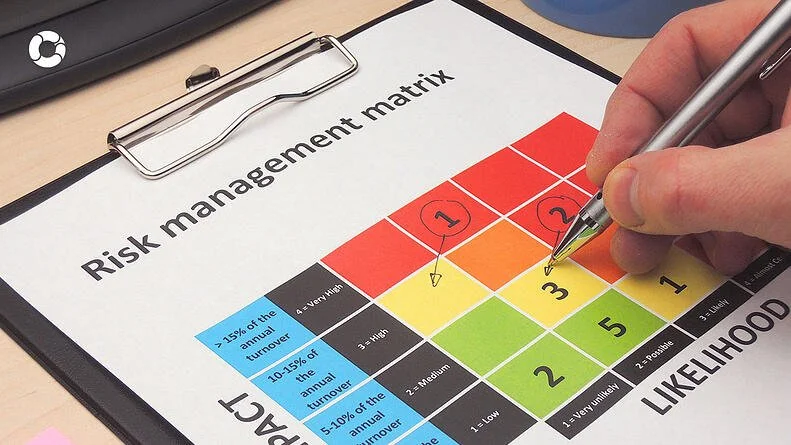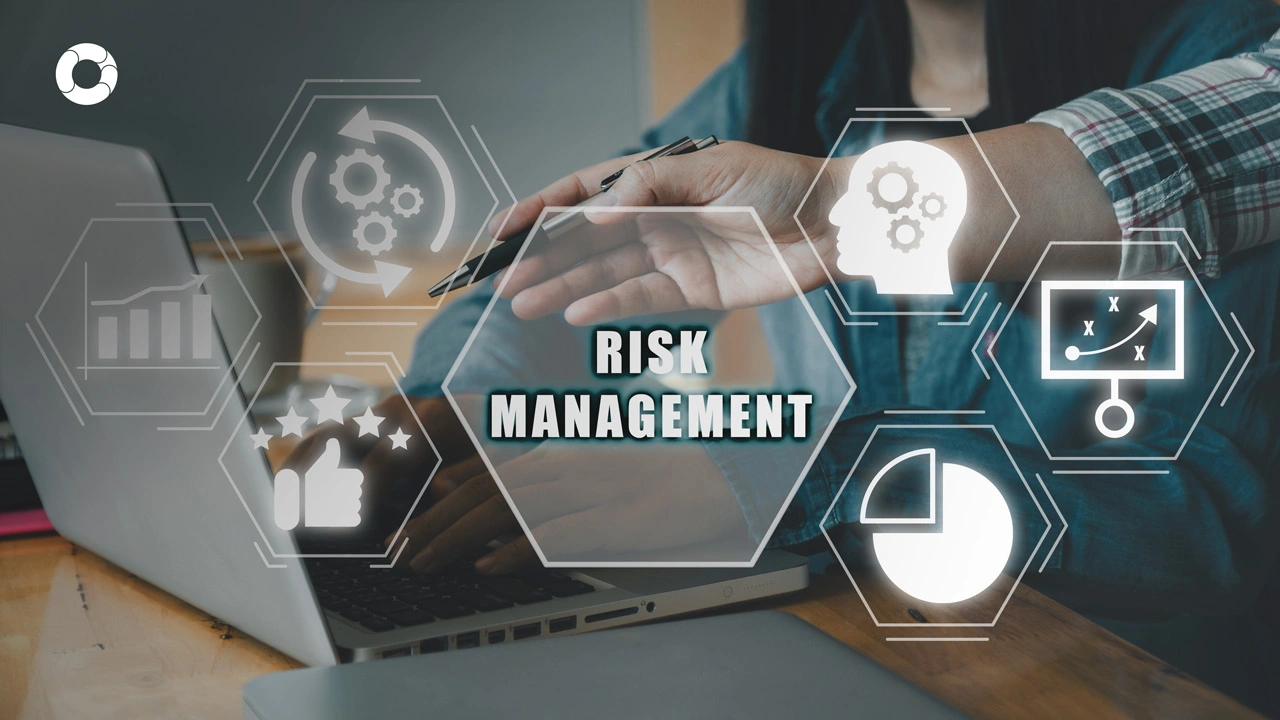Risk management for software projects

As in any other organizational process, software projects require proper risk management. Find out below why it is important to identify them, how to do it, and what are the most common risks that can occur in this type of project.
Why should risks be managed in a software project?
Organizations are becoming increasingly aware of the importance of managing risks in software projects and, in general, in technology projects.
This change has occurred mainly as a result of the experiences of large companies that have not managed risks, and that represented both financial and reputational losses. In general, the common factor in these cases was the lack of planning and anticipation of the possible adverse events that each project may present in its different stages.
In the retrospective analyses of the projects evaluated, weaknesses in risk management were identified, and this for technology projects, specifically for software development, can mean problems and deficiencies in the planning and execution stages, as well as in responding to unexpected events, which are inherent to the nature of these projects because they are in highly uncertain environments.
In line with this, according to a study conducted by the Project Management Institute (PMI), poor risk management is a determining factor that hinders the achievement of project objectives. Therefore, risk management in software projects is becoming more and more relevant as a mechanism of anticipation and provisioning to have a more proactive than reactive project management and thus, be able to increase the success rate in all its executions.
How to identify risks in software projects?
After understanding the importance of managing risks in technology and software projects, know some basic concepts of risk management and how you can easily implement it in this type of projects.
To begin with, it is valid to say that risk management can be defined and adapted to the strategy of each organization. The objective of this discipline is to identify, address and mitigate risk elements before they become a threat to the successful execution of a project and to the achievement of the objectives set.
It also makes it possible to identify and manage positive events that may become strengths or opportunities for the project.
A key element to highlight is identification, an activity that is related to the project planning phase, in which it is important to identify most risks, although it is recommended to do so throughout the project life cycle.
For this identification and subsequent risk analysis, there are currently different practices or tools, some of which are as follows:
- Observation method based on the review of existing project documentation and historical analysis of similar projects.
- Brainstorming.
- Expert judgment.
- Risk taxonomy.
- Ishikawa diagram.
- Interviews and focus groups.

Risk taxonomy and observation
The risk taxonomy tool allows for the classification of risks, thus facilitating the identification process. Although each organization or project can define this categorization, a simple classification is proposed below, which may be useful for those with little experience in this subject.
The proposed classification is based on elements or characteristics of software projects in general, which are key for the identification of risks:
- Technological complexity.
- Organizational environment.
- Work team.
- Planning and Control
- Requirements
- Users
From this, the identification begins with the process of observation and evaluation of the project information and the organization or organizations that participate in it.
Generally, there are two types of risks in software projects: common risks present in every project and specific risks.
Standard lists available in the environment can be used for common risks, and based on an adequate analysis, those that apply to each project can be selected. For the specific risks, the items that differentiate the project are described, and the risks are identified.
During the observation process, some of the questions that can be asked to focus attention on the key elements of the risk are:
- What could happen?
- What would be the effect/impact on the project objectives?
- When, where, why, and what is the likelihood of these risks (positive or negative) occurring?
- Who might be involved or impacted?
- What could be the source of the risk?
Most common risks in software projects
In software project risk management, it is important to consider the following risks that may occur in each of the elements mentioned in the taxonomy:
Technological complexity
- Lack of knowledge of the project's base technology.
- Need for immature technology.
- High level of technical complexity.
- Integration with unknown external systems.
Organizational environment
- Continuous changes in the organizational environment.
- Conflicts between departments or areas of the organization.
- Lack of involvement of project sponsors.
- Strong pressure on the project from management.
Work team
- Inadequate team profiles.
- Lack of experience as a team leader.
- High personnel turnover.
- Lack of role clarity.
- Inadequate team size.
- Inadequate estimation of execution time.
- Unrealistic project objectives.
- Planning and delivery commitments on scopes without much detail.
- Lack of timely follow-up activities.
- Lack of clarity on the part of the work team about the client's needs.
- High variation in requirements.
- Lack of proper prioritization.
- Lack of clarity in requirements.
- Lack of commitment by the client to the project.
- Continuous requests for changes without evaluating the value.
- Lack of adequate training of users in the use of the product.
- Lack of openness to change.
How can we avoid the materialization of these risks?
After identifying the risks to which software projects are exposed, the next step is to establish strategies to anticipate and avoid their materialization. To do so, these other stages of risk management must be taken into account:
- Prioritization and risk assessment through impact and frequency variables.
- Risk treatment according to the prioritization made in the previous stage. Here, action plans must be proposed to modify the risks; actions can be to:
- Mitigate.
- Transfer.
- Avoid.
- Accept.
In addition to these stages, it is necessary to carry out the following actions so that risk management in software projects is adequate and generates the desired impact:
- Define the risk management plan and establish the strategy and methods.
- Align the risk plan with the organization's context and the technology or software project.
- Involve project and organizational management in the strategic plan.
Involve all team members. - Maintain ongoing visibility of all stakeholders in the risk management process.
- Establish action plans for the correct and timely treatment of risks.
- Define a documentation and information management tool for the risk management process that allows adequate traceability and visibility.
Finally, when managing risks in software projects, technological tools help facilitate the implementation and adaptation of this strategy.
Pirani, for example, allows you to carry out all the stages of risk management (identification, analysis, monitoring, and treatment) in a simple and efficient way. In addition, it has a free version in which you can parameterize the risk matrix in a few steps and register processes, risks, and controls. Learn more about our risk management software by creating your free account by clicking on the following button.
Did you find this information about risk management in software projects useful? Leave us your comments and tell us what other topics you would like to read about in the blog.
Not yet managing your risks with Pirani? Schedule a meeting with our experts.
You May Also Like
These Related Stories

Regulatory Compliance: Benefits and Best Practices

3 tips to identify risks

5 main cybersecurity risks to watch out for in 2023

Risks that may arise in an internal audit

Mastering KRIs: Unlock Risk Management Success




No Comments Yet
Let us know what you think